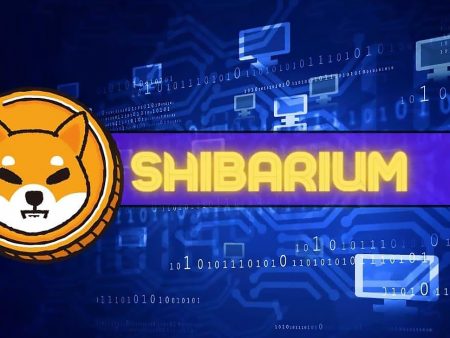Restaking is a crucial concept in the blockchain world, offering numerous opportunities to optimize returns for investors. By reinvesting staking rewards, restaking not only enhances network security but also creates a sustainable income stream.
To better understand restaking and why it has become essential in the blockchain ecosystem, let’s dive into the following key details with AZCoin!
What is Restaking?
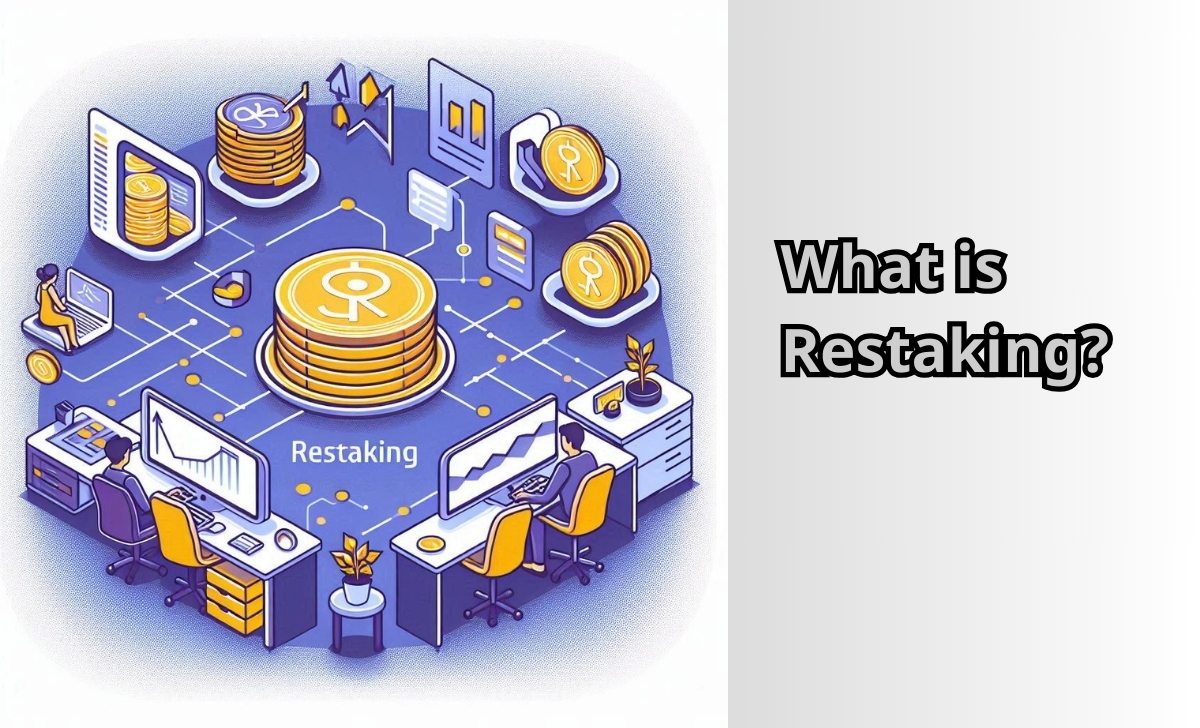
Restaking is the process of reusing or continuing to stake assets that a user has previously staked on blockchain networks. When participating in restaking, users not only maintain the amount of staked assets but also reinvest the rewards earned from staking into subsequent staking activities. This helps increase liquidity and improves returns on investments within the blockchain ecosystem.
How does Restaking work?
Restaking works by allowing users to continue utilizing staked assets to generate additional returns or enhance the security of the blockchain network. The basic process of restaking typically involves the following steps:
- Stake Assets: Users stake their assets on a blockchain network to participate in transaction validation or network security.
- Collect Rewards: After a certain period, users receive rewards from staking, usually in the form of tokens or transaction fees.
- Restake Rewards: Instead of withdrawing the rewards, users can choose to restake them on the network, thereby increasing the amount of assets being staked and the potential for higher returns.
Why is Restaking important?
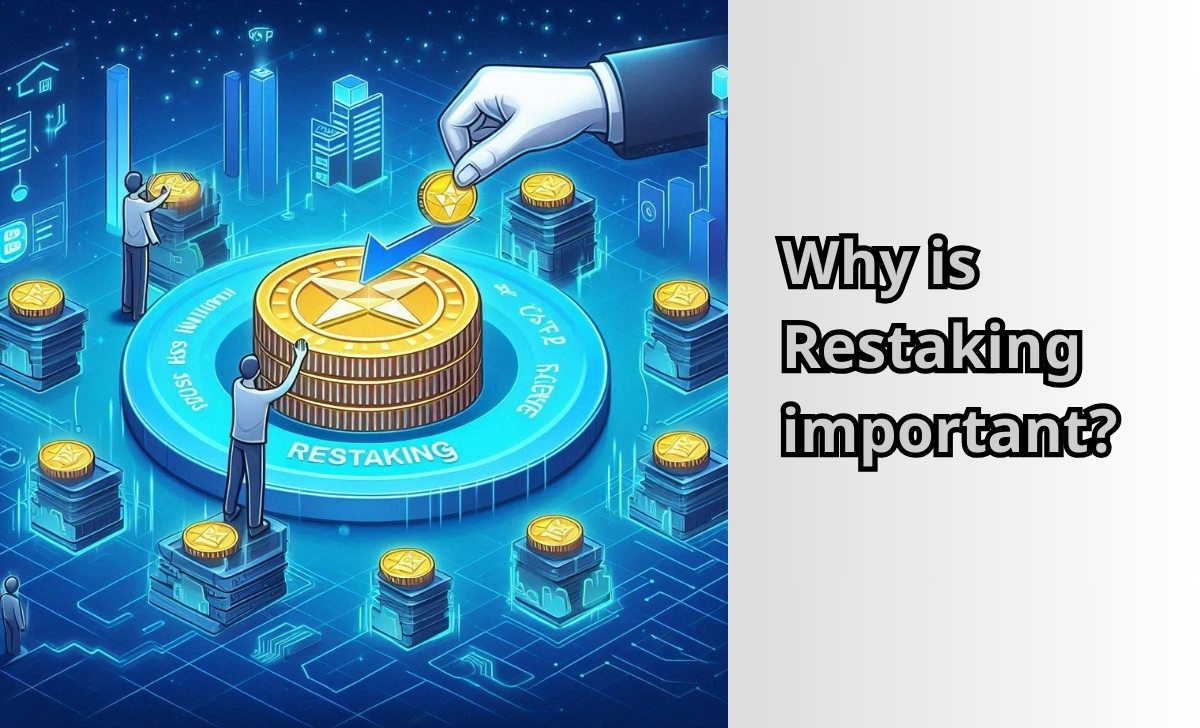
Restaking plays a vital role in the blockchain ecosystem as it helps strengthen the security and stability of blockchain networks. When users continue to reinvest staking rewards, it not only creates additional value for investors but also helps maintain network safety.
Moreover, restaking improves transaction efficiency and network management processes, creating a positive feedback loop for the sustainable development of the blockchain ecosystem.
StakeStone is one of the pioneering platforms providing efficient restaking solutions, helping users achieve optimal returns while simultaneously supporting network security.
Advantages and disadvantages of Restaking
Advantages
- Increased Returns: Restaking allows users to enhance their returns from staked assets by reinvesting staking rewards into subsequent staking activities. This helps optimize investment value and increase profits over time.
- Improved Security: As users continue to reinvest staked assets, the amount of assets being staked increases. This contributes to the heightened security of the blockchain network, as many networks require a large number of staked assets to protect against attacks and maintain stability.
- Continuous Cash Flow: Restaking helps users generate a continuous income stream from staking rewards. This is particularly useful for those looking to maintain financial stability or build a long-term passive income source.
- Enhanced Liquidity: Restaking can help maintain and improve the liquidity of blockchain networks by encouraging users to hold and reinvest their assets rather than withdraw or sell them.
Disadvantages
- Financial Risk: Continuing to stake assets can pose financial risks if the value of the assets decreases or if the network encounters issues. Investing in blockchain projects can be unstable and carry the risk of asset loss.
- Management Complexity: The process of restaking can increase the complexity of managing assets and tracking investment performance. Users need to regularly monitor and adjust their staking strategies to ensure optimal returns.
- Asset Lockup: Some platforms require staked assets to be locked for a certain period. This may limit users’ flexibility in accessing or using their assets when needed.
- Transaction Costs: Restaking often requires blockchain transactions, and performing these transactions may incur fees, depending on the platform and transaction volume. These costs can impact the overall profitability of restaking.
Additionally, to invest and trade cryptocurrencies safely, you should also consult our list of the best crypto exchanges 2024 that we have compiled and verified.
Platforms and projects supporting restaking
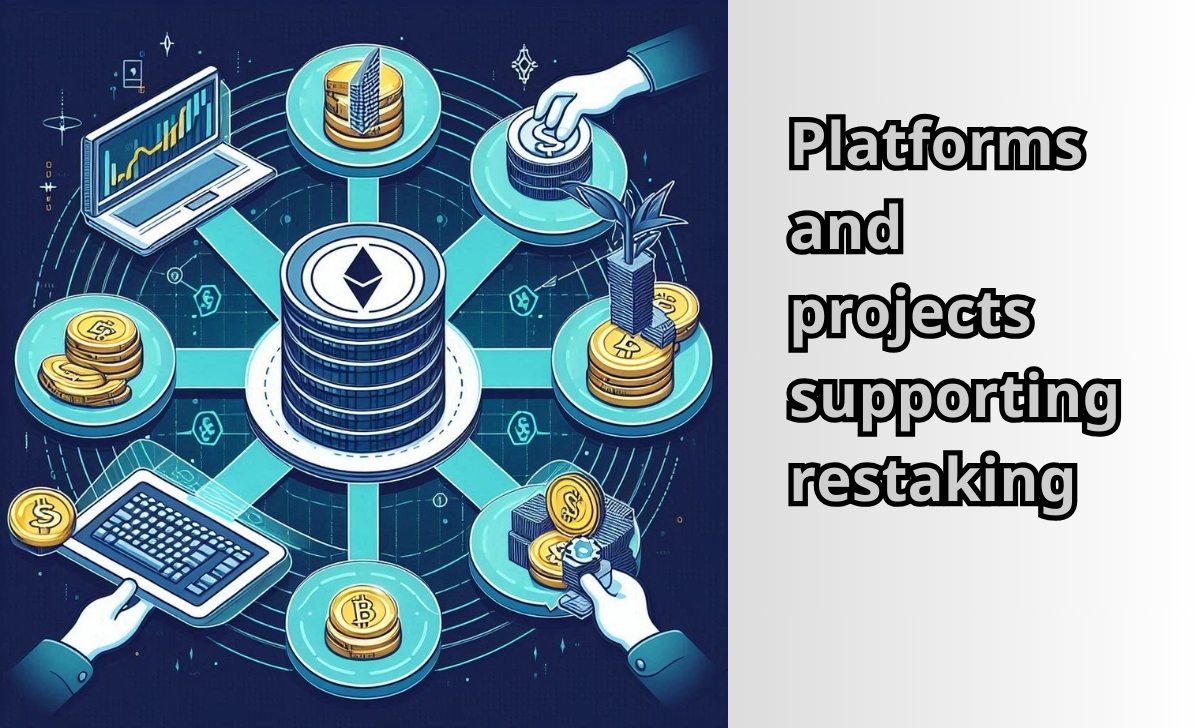
Currently, many blockchain platforms and projects support restaking, offering tools and services for users to carry out this process. Some notable projects include:
EigenLayer
EigenLayer is a pioneer in the field of restaking and currently leads with a total value locked (TVL) of up to $12.6 billion. This project has created the restaking approach we see today. Currently, users are eagerly awaiting an airdrop from this project, especially as EigenLayer has successfully raised $164 million across three funding rounds.
Ether.Fi
Ether.Fi is attracting significant attention in the field of Liquid Restaking, especially after being listed on exchanges like Binance and Bybit on March 18, 2024. Since December 2023, Ether.Fi’s total value locked (TVL) has surged from $51.9 million to over $3.4 billion. Currently, Ether.Fi’s token is trading at $4.52, with a market capitalization of approximately $520 million.
Ethereum 2.0
Ethereum 2.0 is an upgrade of the Ethereum network, bringing numerous improvements in scalability and security. The restaking feature in Ethereum 2.0 allows users to continue reinvesting staking rewards to increase the amount of Ether (ETH) being staked. This helps enhance network security and optimize returns for stakers.
Polkadot
Polkadot is a multi-chain blockchain platform that allows the connection and interaction between different blockchains. Polkadot supports restaking through its parachain system, where users can reinvest staking rewards to enhance the security and efficiency of parachains within the Polkadot ecosystem.
Tezos
Tezos is a blockchain platform that supports smart contracts and dApps, known for its on-chain governance mechanism. Tezos provides restaking by allowing users to reinvest rewards from staking (referred to as “baking” in the Tezos ecosystem) into subsequent baking activities. This not only increases returns but also improves security for the Tezos network.
The future of Restaking
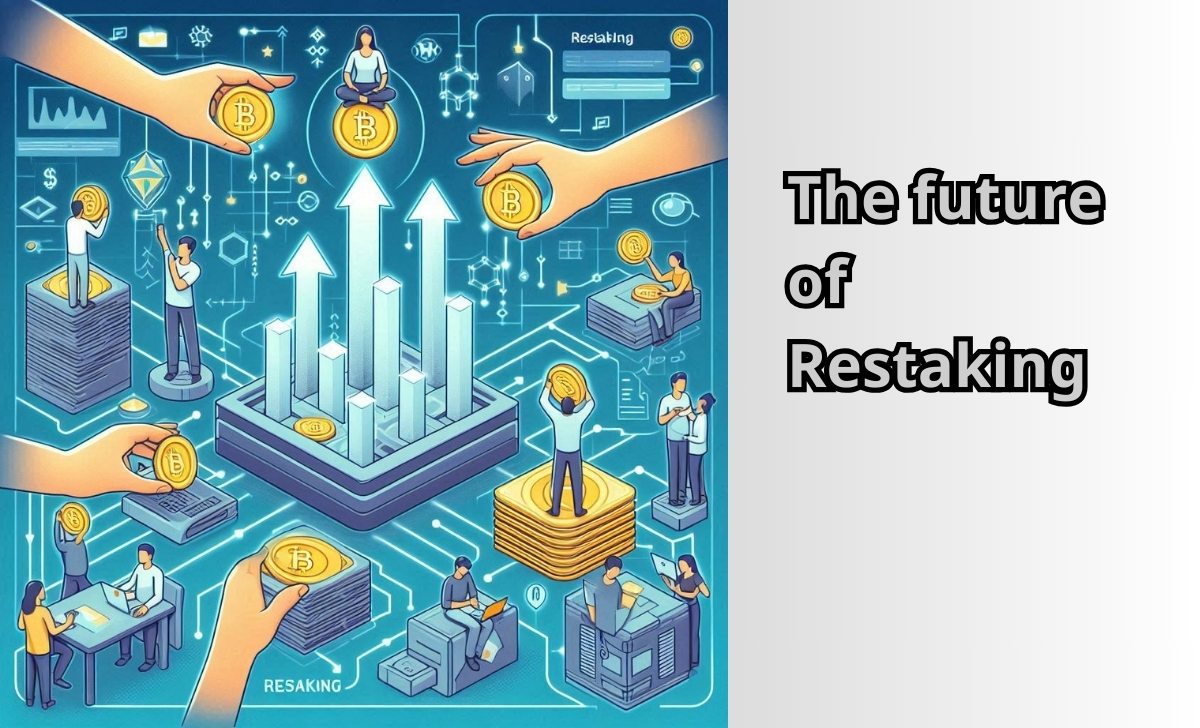
Restaking is expected to continue to develop and become an important part of the blockchain ecosystem in the future. The rise of platforms supporting restaking and advancements in staking technology will open up new opportunities for users and investors. As more projects and platforms adopt restaking, we can expect restaking to play an increasingly significant role in driving sustainable growth and security for blockchain networks.
Conclusion
In summary, Restaking is proving to be a powerful tool for optimizing returns and enhancing security for blockchain networks. AZcoin believes that with its ability to increase investment profits and contribute to network stability, Restaking is poised to become a key element in the blockchain ecosystem in the future.

I am Louis Dang, living in Ottawa, Canada. I am currently working as a trader for AZCoin company, with 7 years of experience in the cryptocurrency market, I hope to bring you useful information and knowledge about virtual currency investment.

